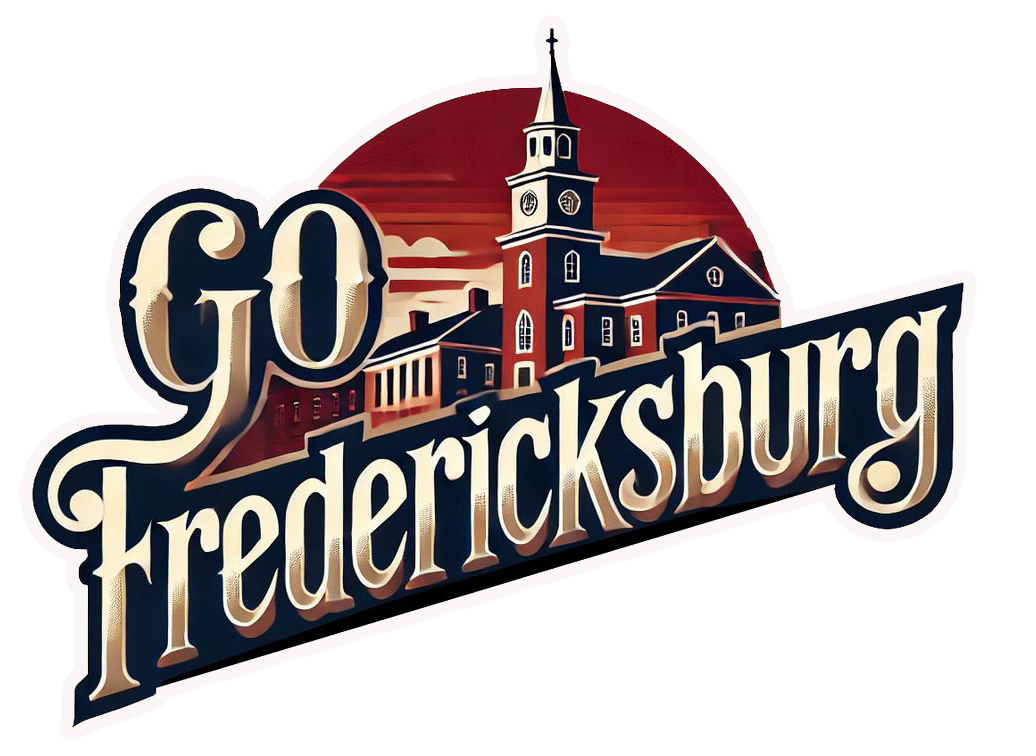In a significant event preceding Abraham Lincoln’s preliminary Emancipation Proclamation, John Washington, an enslaved man from Fredericksburg, took decisive action. It was on April 18, 1862, when Union troops arrived at Falmouth, located across the Rappahannock River from Fredericksburg, and the white residents of the city began fleeing.
John Washington served as a personal enslaved servant to a woman in Fredericksburg, but he also worked as a bartender at the Shakespeare House, a Caroline Street hotel. On that particular evening, as he prepared to leave town, the hotel manager handed Washington a sum of money and instructed him to settle the employees’ wages and secure the building.
Instead of carrying out these instructions, once the manager departed, Washington chose a different path. He gathered all the enslaved laborers at the bar and served them drinks, raising a toast to the well-being of the Union forces. Subsequently, he crossed the Rappahannock River, joining the Union side and aligning himself with the countless other enslaved Black individuals who had liberated themselves by seeking refuge in Union-occupied territories. Tim Roberts, the community outreach manager for the Virginia Department of Historic Resources, highlighted the significance of this under-recognized history during the unveiling of a state historic marker dedicated to Washington, emphasizing the restoration of agency to those who lived in the past.
The marker, entitled “Great Exodus from Bondage,” is one of six new markers commemorating various aspects of Fredericksburg’s Black history. Mayor Mary Katherine Greenlaw acknowledged these markers, which include dedications to the first stop on the 1961 Freedom Rides and the 1950 civil rights protest by the graduating class of Walker-Grant High School. These installations are part of the city’s Civil Rights Trail, developed collaboratively by the city and the University of Mary Washington.
The process of researching and installing the Washington marker involved the participation of numerous individuals, such as faculty, staff, and students from the University of Mary Washington, the Fredericksburg Area Museum, City Council, and various departments of the city’s administration. Located in front of the former Farmer’s Bank building at 900 Princess Anne Street (now housing the restaurant Foode), the marker stands as a reminder of Washington’s residence on the building’s second floor while he was enslaved.
Owners of Foode, Joy Crump, and Beth Black, who now possess the building along with developer Mike Adams, were deeply moved by Washington’s memoir. They commissioned local artist Gabriel Pons to create an image of Washington using excerpts from his writings, which now adorns the restaurant. Crump, reflecting on her position as a Black female business owner, community member, and voter, contrasted it with Washington’s experiences 160 years ago, where he was deprived of the freedom to speak, play, vote, or dance.
Gaila Sims, curator of African American history and special projects at the Fredericksburg Area Museum, expressed her hope that the marker will inspire people to explore more about John Washington. His memoir, titled “Memorys of the Past,” chronicling his enslavement, self-emancipation, and later life, remained within his family for generations until it was finally published in 2007 and 2008 as part of scholarly works. Sims also emphasized the marker’s significance in honoring the thousands of enslaved men and women who sought freedom by crossing the Rappahannock River.

